Sydney, Australia, boasts two iconic harbours, each offering unique experiences and attractions. Sydney Harbour, often referred to as the “Jewel of Sydney,” features world-renowned landmarks like the Sydney Opera House and the Sydney Harbour Bridge. It’s the picture-perfect spot for experiencing the grandeur of Sydney’s skyline and its bustling ferry traffic.
Darling Harbour, on the other hand, offers a different vibe. It’s a vibrant recreational area just a short walk from the city centre, packed with entertainment options. You can explore waterfront restaurants, trendy bars, and family-friendly attractions like the Australian National Maritime Museum and a lively playground for kids.
Whether you’re soaking in the majestic views of Sydney Harbour or enjoying the myriad activities at Darling Harbour, both harbours provide a distinct flavour of Sydney’s charm and energy. The key difference lies in their atmosphere: Sydney Harbour is grand and historic, while Darling Harbour is lively and modern.
Table of Contents
Geographical Context

Sydney Harbour and Darling Harbour, while both iconic and significant, are distinct in their locations and connectivity within Sydney. They each offer unique vistas and access points that contribute to their respective identities and functionalities within the city.
Location in Sydney
Sydney Harbour, also known as Port Jackson, spreads across a significant expanse, incorporating famous sites such as the Sydney Opera House and Sydney Harbour Bridge. It’s located in the heart of Sydney, extending from the entrance at the Tasman Sea through to the Parramatta River.
Darling Harbour, on the other hand, is a smaller, more defined area situated immediately to the west of Sydney’s central business district (CBD). It includes Cockle Bay and extends northwards from Chinatown, making it highly accessible to both locals and tourists.
Access and Connectivity
Sydney Harbour is well-connected through various transit options including ferries, trains, buses, and even walking tracks. Major ferry terminals like Circular Quay and Manly make it easy to explore different parts of the harbour. The presence of multiple pedestrian pathways and cycling routes enhances its accessibility further.
Darling Harbour boasts robust connectivity with several entrances via the CBD. It’s easily accessible by light rail, buses, and a pedestrian bridge from the centre of the city. This connectivity is pivotal, especially for visitors attending events at attractions such as the Australian National Maritime Museum and SEA LIFE Sydney Aquarium.
Commuters and tourists alike find it convenient to navigate through both harbours, each offering distinct modes of transportation tailored to their unique landscapes and purposes.
Historical Background
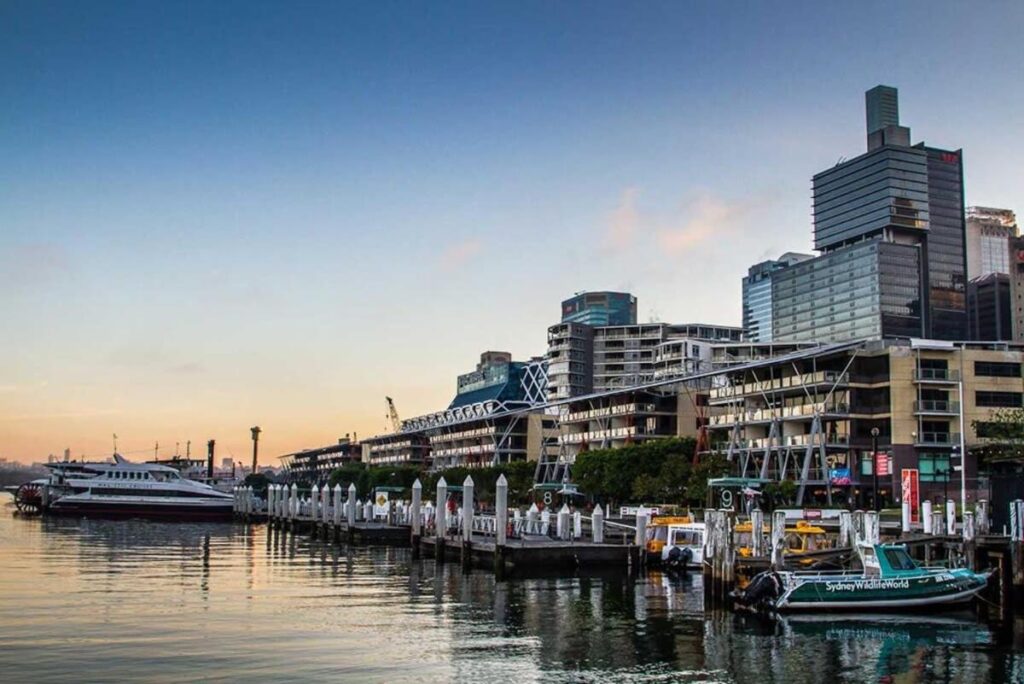
Sydney Harbour and Darling Harbour possess rich histories that date back to early Aboriginal times and continued through significant colonial and industrial developments. Understanding their origins and the notable events that occurred in each location helps to appreciate their current status.
Origins and Development
Sydney Harbour, known to Aboriginal people as Waray, has been a significant location for the Cadigal, Wangal, and other Eora clans for thousands of years. It became a central point upon European arrival with the First Fleet in 1788. Circular Quay and The Rocks area developed rapidly as vital maritime hubs. The construction of the Sydney Opera House in the mid-20th century added a new architectural landmark to the harbour’s profile.
Darling Harbour, a part of the Sydney landscape known as Tumbalong by the Cadigal people, was initially a boundary between the Gadigal and Wangal clans. European settlers renamed it Cockle Bay due to the abundance of shell middens. By the 19th century, it transitioned from a small-scale industrial area to a significant maritime and commerce centre with extensive rail yards and wharves facilitating export and import activities.
Notable Historical Events
Sydney Harbour’s historical timeline comprises many pivotal moments, including the arrival of the First Fleet in 1788, which marked the beginning of European settlement. Circular Quay became a bustling maritime centre, and subsequent landmarks such as the Sydney Harbour Bridge and the Sydney Opera House have only added to its historical significance.
Darling Harbour has seen its share of pivotal events as well, including the 1900 resumption by the New South Wales Government, which reshaped its industrial role. By the late 19th and early 20th centuries, Darling Harbour’s piers and rail yards were crucial in managing Australia’s burgeoning export economy. The redevelopment project for the 1988 Bicentennial Celebration transformed it into the vibrant recreational precinct it is today.
Cultural and Recreational Aspects
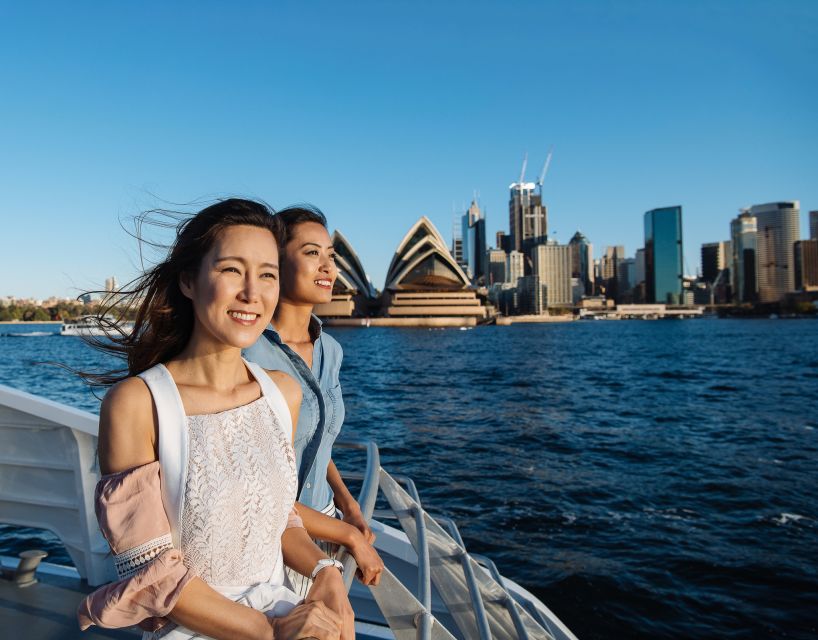
Sydney Harbour and Darling Harbour are distinct in their cultural and recreational offerings. Sydney Harbour is known for its world-class arts and entertainment, while Darling Harbour focuses on vibrant social spaces, markets, and events.
Arts and Entertainment
Sydney Harbour is renowned for iconic cultural landmarks like the Sydney Opera House and the Sydney Harbour Bridge. These landmarks host performances, concerts, and exhibitions that attract attendees from around the world.
Darling Harbour offers a more relaxed vibe with attractions such as the Australian National Maritime Museum and SEA LIFE Sydney Aquarium. There are often street performances and live music events, adding to the vibrant atmosphere.
Shopping and Markets
At Sydney Harbour, The Rocks precinct provides an array of shopping options, from high-end boutiques to artisan markets. Weekly markets at The Rocks feature local crafts, food stalls, and unique souvenirs.
Darling Harbour boasts Harbourside Shopping Centre, where you can find a variety of stores ranging from fashion to specialty shops. Regular market days by the waterfront offer a mix of local produce, arts, and crafts that are perfect for a leisurely shopping experience.
Food and Dining
Sydney Harbour’s Circular Quay and The Rocks are home to fine dining restaurants such as Quay and Bennelong. These establishments offer exquisite menus with spectacular views of the harbour.
In Darling Harbour, a variety of waterfront dining options awaits. From upscale dining at restaurants like Nick’s Seafood Restaurant to relaxed settings at cafes and bars, the area caters to all tastes. The multicultural influences are evident with a range of cuisines represented.
Events and Festivals
Sydney Harbour is the setting for several high-profile events including the Sydney New Year’s Eve Fireworks and the Sydney Festival. These events create a buzzing atmosphere, drawing large crowds and media attention.
Darling Harbour is known for its lively calendar of festivals and community events such as the Vivid Sydney light festival and the International Boat Show. The outdoor spaces often host public performances, fireworks displays, and family-friendly activities, making it a social hub year-round.
Tourist Attractions and Landmarks
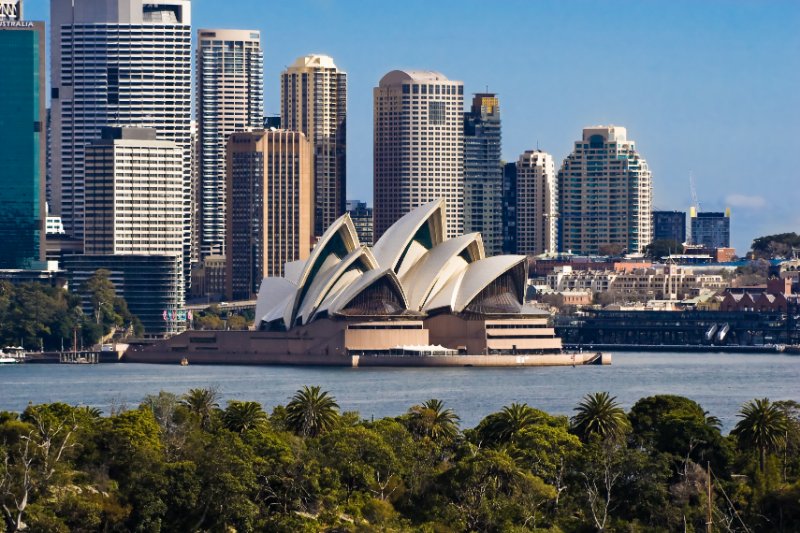
Sydney Harbour and Darling Harbour both offer a wide array of attractions and landmarks that draw millions of visitors each year. You’ll find iconic structures, intriguing museums and aquariums, and serene gardens and public spaces.
Iconic Structures
Sydney Harbour is home to some of Australia’s most iconic landmarks. The Sydney Opera House stands as a symbol of architectural brilliance and cultural significance, where you can attend world-class performances. Not far off, the Sydney Harbour Bridge, known locally as the “Coathanger”, offers a unique climb experience with breathtaking views.
Darling Harbour, on the other hand, features the charming Darling Harbour Ferris Wheel, dubbed the “Star of the Show”. This 35-metre-high attraction provides inspiring panoramas of the surrounding precinct and Sydney’s skyline, perfect for a family-friendly activity.
Museums and Aquariums
At Sydney Harbour, you can immerse yourself in maritime history at the Australian National Maritime Museum. This museum offers fascinating exhibits on the nation’s naval history and maritime heritage. Nearby, Madame Tussauds presents life-like wax figures of celebrities and historical figures, providing an entertaining and interactive experience.
Meanwhile, Darling Harbour boasts the Sydney Aquarium, which showcases an extensive collection of marine life, including impressive displays of sharks, rays, and tropical fish. This aquarium is a great visit for families and marine enthusiasts alike.
Gardens and Public Spaces
For a peaceful retreat, the Chinese Garden of Friendship in Darling Harbour offers a serene escape with its traditional Chinese landscaping, waterfalls, and koi ponds. This garden is a symbol of friendship between Sydney and its sister city, Guangzhou.
In Sydney Harbour, make sure to explore the historic Rocks area. Cobblestone streets, markets, and preserved historical buildings offer a glimpse into Sydney’s colonial past. You’ll find numerous cafes, bars, and boutiques nestled within this charming precinct.
Both harbours offer diverse attractions that cater to a variety of interests, from historical landmarks and cultural institutions to family-friendly activities and serene gardens. Whether you’re visiting for the first time or a local looking to rediscover your city, both locations promise unforgettable experiences.
Accommodation and Stays

Sydney Harbour and Darling Harbour offer unique and varied accommodation options. From luxury hotels to affordable family stays, both harbours cater to a wide range of visitors looking for comfort and convenience.
Hotels and Luxury Stays
When it comes to luxury accommodation, Darling Harbour shines with options like the Sofitel Sydney Darling Harbour, renowned for its impeccable service and stunning views over the water. Another standout is The Darling at The Star, which combines a casino, spa, and multiple dining options all within walking distance of Cockle Bay.
Over at Sydney Harbour, you’ll find the Park Hyatt Sydney, situated right under the Harbour Bridge, offering extraordinary views of the Opera House. Guests seeking opulence will also appreciate The Langham Sydney, known for its plush interiors and top-notch amenities, located a short stroll from the historic Rocks district.
Affordable and Family Options
For families and budget travellers, both Darling Harbour and Sydney Harbour offer numerous options. At Darling Harbour, Novotel Sydney Darling Harbour is a family favourite, providing spacious rooms, a pool, and proximity to attractions like the SEA LIFE Sydney Aquarium.
Backpackers and budget-conscious travellers will find suitable stays in YHA Sydney Harbour, offering affordable dormitory and private rooms with a rooftop view of the Sydney Opera House. In Darling Harbour, Ibis Sydney Darling Harbour delivers a cost-effective stay without compromising on location or comfort.
Enjoy the diversity of options, whether you’re after a lavish retreat or a cosy, budget-friendly room, both harbours have you covered with myriad choices that promise an unforgettable stay in Sydney.
Business and Economy
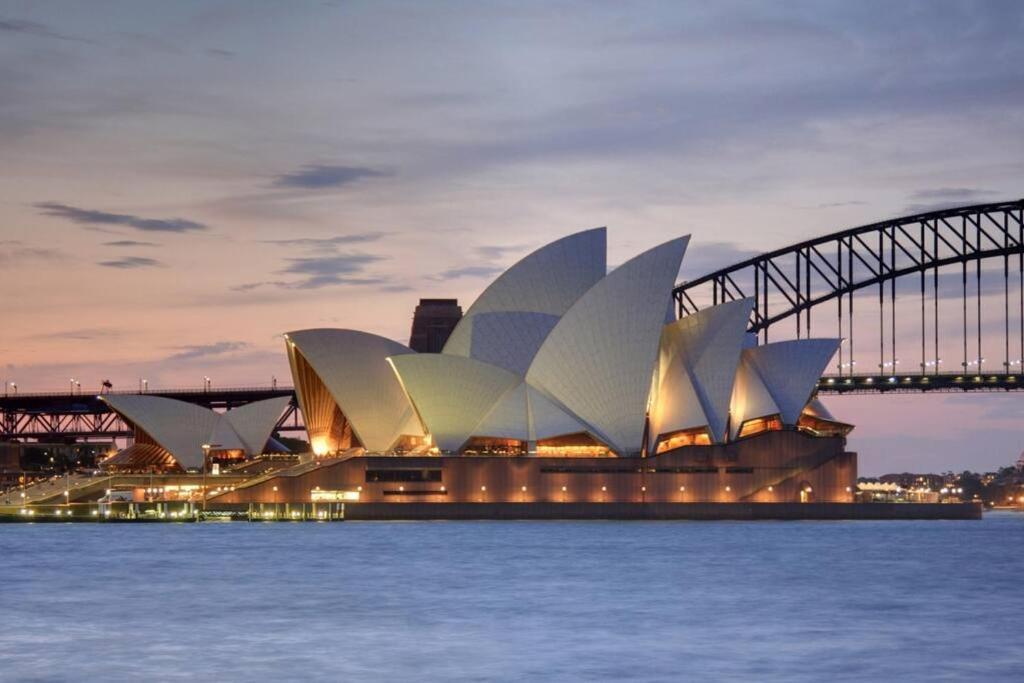
Sydney Harbour and Darling Harbour both play crucial roles in the economic landscape of Sydney, but they serve different purposes and audiences. Each harbour area features significant business and commercial activities, with a focus on convention centres and redevelopment projects.
Convention and Exhibition Centres
Darling Harbour is home to Sydney’s premier International Convention Centre (ICC), which significantly boosts local business. The ICC hosts countless international conferences, exhibitions, and events yearly, driving a considerable amount of business tourism.
Sydney Harbour, on the other hand, doesn’t have a direct equivalent to the ICC but benefits economically from Circular Quay‘s multiple dining options, maritime businesses, and tourism activities. The continuous influx of tourists through the area’s ferry terminals further supports the local economy by driving foot traffic to nearby businesses and attractions.
Redevelopment and Future Projects
Darling Harbour is undergoing substantial redevelopment, directly impacting the business environment. The State Significant Development (SSD) of Harbourside aims to transform the area into a modern, vibrant precinct. Planned updates include new retail spaces, dining experiences, and upgraded leisure facilities, all of which are designed to attract both locals and visitors, enhancing the economic landscape.
Sydney Harbour also continues to evolve, albeit more focused on maintaining its historical sites and integrating modern facilities within this historic framework. Projects around the Rocks and extensions to the Barangaroo precinct illustrate a strategic balance between conservation and economic development. These initiatives ensure that Sydney Harbour remains a hub for both heritage tourism and contemporary business activities.
Transport and Accessibility
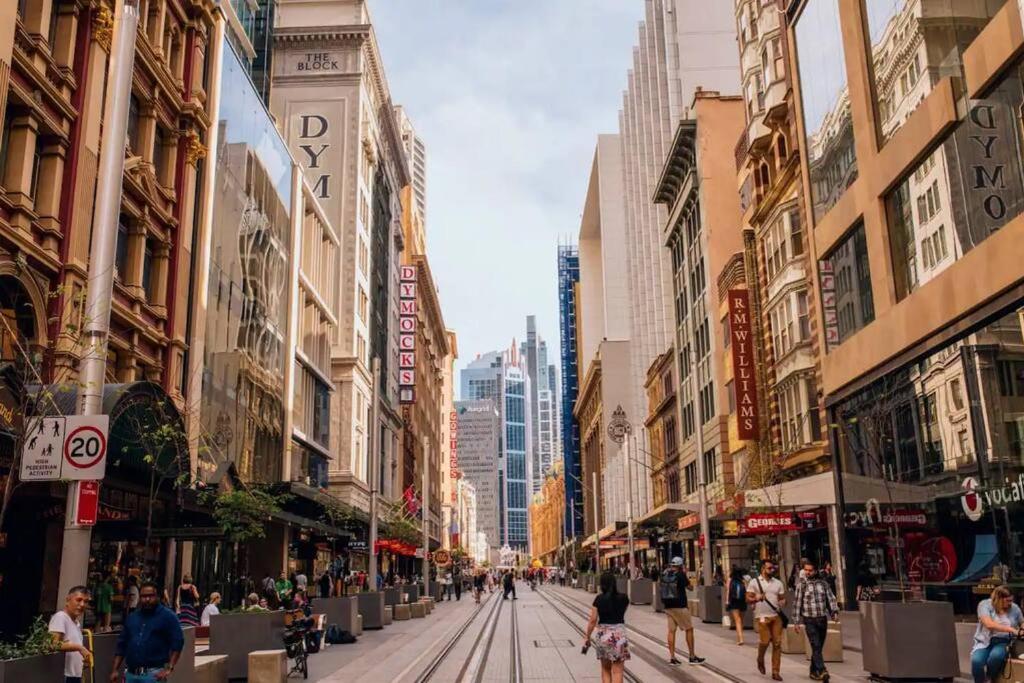
Transport options are extensive and cater to visitors with diverse needs. Accessibility features ensure that everyone can easily navigate the harbours.
Public Transport
Sydney Harbour and Darling Harbour are well-served by a comprehensive public transport network. You can choose from a variety of options, including trains, ferries, light rail, and buses. Trains and ferries run regularly and cover a broad area, making it easy to get around the city and to key attractions. For instance, Sydney Ferries connect Darling Harbour to various parts of the city, including a swift route to Sydney Harbour Bridge.
Light rail services are also available, providing a smooth and quick journey between the harbours and the city’s core. Public transport in Sydney is generally accessible, with facilities such as ramps and trained staff to assist you. Wheelchair users, those with prams, and other mobility-impaired travellers will find the majority of services equipped to meet their needs.
Pedestrian and Cycling Routes
Walking and cycling are attractive options for getting around both Sydney Harbour and Darling Harbour. The Pyrmont Bridge is a pedestrian and cycle-friendly route that offers stunning views and easy access between the two harbours. You’ll enjoy the convenience of level paths and clear signage throughout the area, making it easy to find your way.
Cycling paths are well-maintained and offer a pleasant way to explore the surroundings at your own pace. There’s ample bike parking available, and shared paths ensure safety for both cyclists and pedestrians. These routes are designed to be inclusive, with wide paths and smooth surfaces to accommodate everyone, including wheelchair users and those with strollers.
By ensuring robust infrastructure and commitment to accessibility, Sydney makes it possible for everyone to enjoy these iconic locations with ease and comfort.
Environmental Considerations
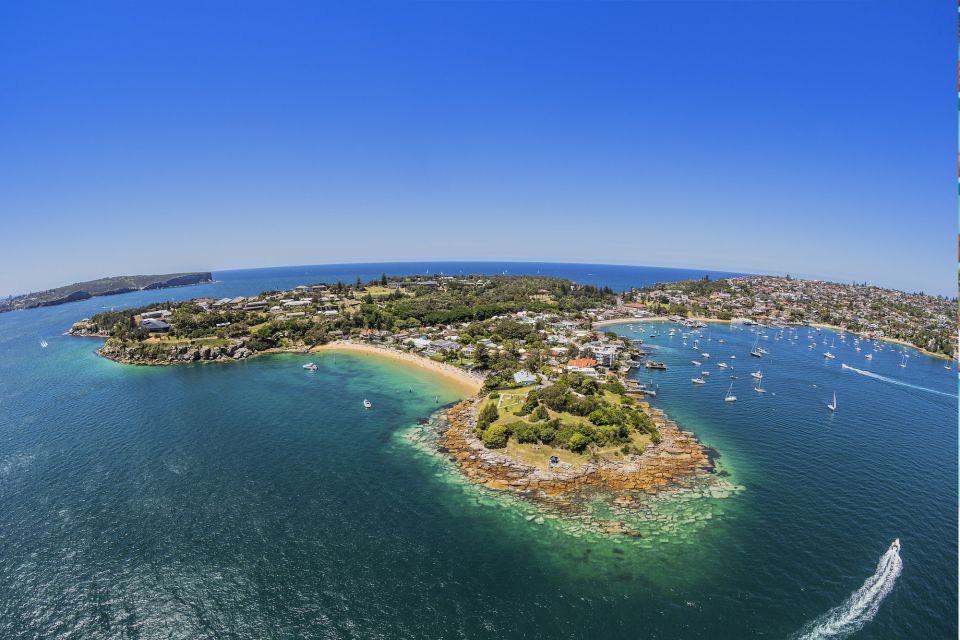
Sydney Harbour and Darling Harbour each have unique environmental approaches, reflecting their distinct purposes and the city’s commitment to sustainability and nature preservation. Both areas showcase efforts in environmental protection, sustainability initiatives, and support for local flora and fauna.
Sustainability Initiatives
Sydney Harbour has seen significant investment in sustainability projects. These include measures to improve water quality, reduce pollution, and enhance public transport to minimise the foreshore’s carbon footprint. The movement towards sustainable tourism practices aims to balance conservation with visitor enjoyment.
Darling Harbour‘s revitalisation under the “Darling Harbour 2050 Vision” focuses on creating a vibrant and sustainable waterfront precinct. This includes energy-efficient buildings, waste reduction programs, and green spaces that promote environmental wellbeing. Community feedback has been incorporated to ensure the precinct meets sustainability expectations.
Local Flora and Fauna
Sydney Harbour supports diverse ecosystems, from its marine habitats to surrounding national parks. Key species in Sydney Harbour‘s estuarine habitats, such as seagrasses and mangroves, play critical roles in filtering water and stabilising shorelines. Preservation efforts ensure these natural assets continue to support the local environment and biodiversity.
Darling Harbour‘s transformation respects the area’s natural heritage. The introduction of green roofs and walls as part of new developments helps support urban wildlife. Efforts to maintain and improve green spaces aim to create a more balanced environment amidst the bustling urban landscape, ensuring both residents and visitors enjoy nature alongside the waterfront.
By focusing on these initiatives, both harbours aim to protect and enhance their natural beauty while promoting a sustainable lifestyle and thriving waterfront communities.
Leave a Reply